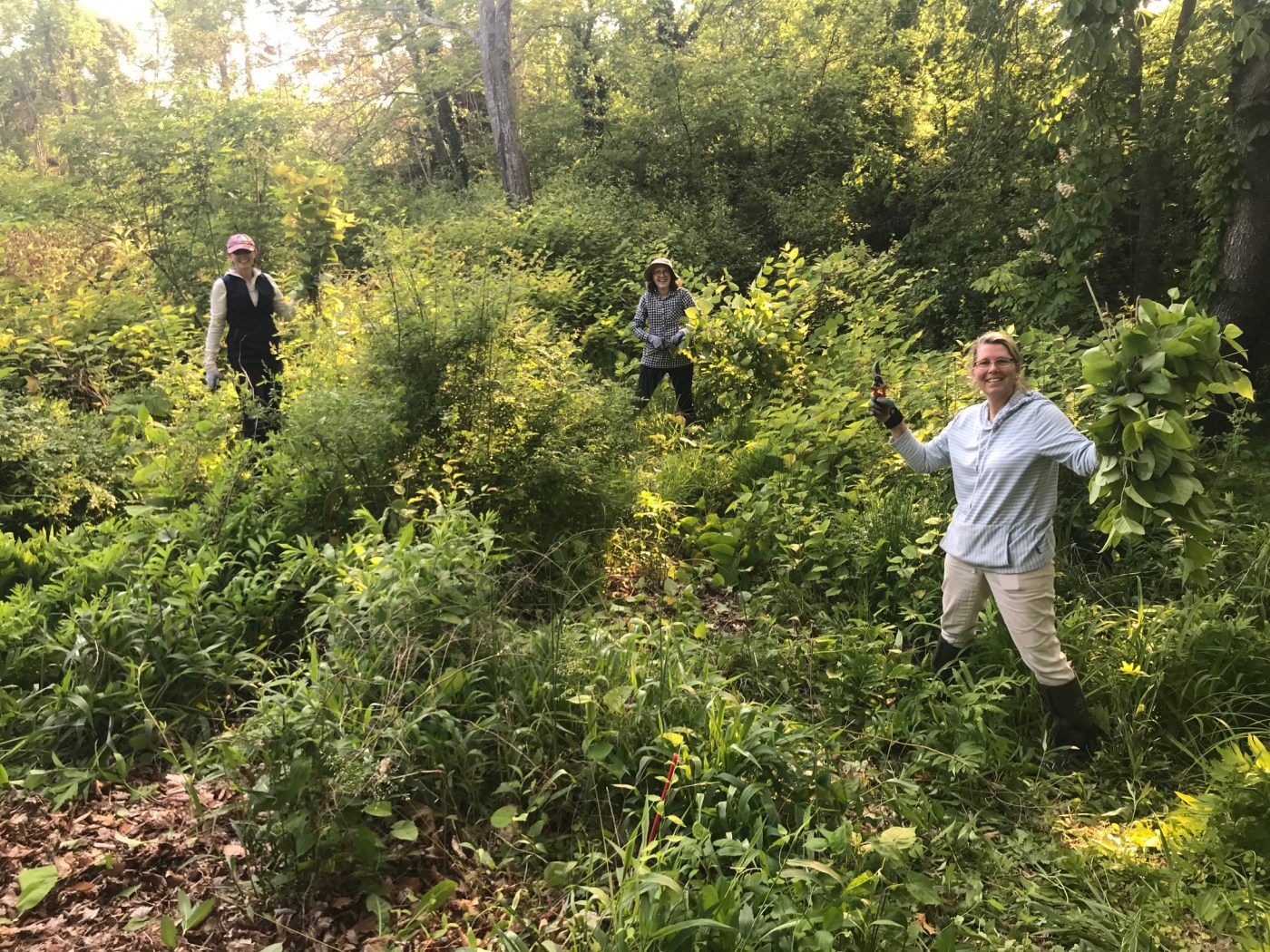Top Stories
UConn Researchers Launch AI Tool to Combat Invasive Plants Now

UPDATE: Researchers at the University of Connecticut (UConn) have just announced a groundbreaking artificial intelligence tool designed to tackle the growing threat of invasive plant species. With over 102 invasive species currently wreaking havoc across Connecticut’s forests and waterways, this innovative technology could be a game-changer in preventing new invasions.
Assistant Professor Julissa Rojas-Sandoval, alongside colleagues Daniel Anglés-Alcázar and Michael Willig, is spearheading this initiative to develop a machine learning method that identifies potentially invasive plants before they can spread. As invasive plants continue to proliferate due to climate change and globalization, Rojas-Sandoval emphasizes the urgent need for new solutions.
“Invasive plants are here to stay,” Rojas-Sandoval stated. “Removing them is super expensive, and many areas face pressing priorities. This issue is becoming more prevalent around the world, and it’s time to start finding solutions to a problem that is getting worse.”
The Connecticut Invasive Plant Council has reported a steady increase in the number of invasive species, which has climbed from a mere few to 102 since the formal listing began in 2004. Just last month, Connecticut added five new invasive species to its list, including Japanese wisteria and Callery pear, which is notorious for its rapid reproduction and ecological damage.
Rojas-Sandoval’s AI initiative employs advanced algorithms to analyze decades of ecological data, predicting which plant species may become invasive based on traits such as reproductive plasticity and historical patterns of invasion. Remarkably, early results indicate that the models achieve over 90% accuracy in forecasting invasive potential—far exceeding initial expectations of 50% success.
“This technology could revolutionize how we assess the risks of new plant species,” Rojas-Sandoval explained. Traditional assessments can take months and require significant resources, but with this AI model, risk evaluations can be completed in just a day after data collection.
The researchers are initially focusing on the Caribbean islands, leveraging their existing expertise in the region, but they aim to adapt the model for different geographic areas globally. If successful, this AI tool could become an invaluable asset in the fight against invasive species worldwide.
With invasive plants posing a serious threat to ecosystems and local economies, the urgency of this development cannot be overstated. As Rojas-Sandoval concludes, “The more data we have, the more these algorithms can learn. This is essential for protecting our natural environments.”
Stay tuned as UConn continues to refine this AI technology, a critical step towards safeguarding Connecticut’s biodiversity and addressing the growing global challenge posed by invasive plant species.
-

 Sports2 weeks ago
Sports2 weeks agoSteve Kerr Supports Jonathan Kuminga After Ejection in Preseason Game
-

 Politics2 weeks ago
Politics2 weeks agoDallin H. Oaks Assumes Leadership of Latter-day Saints Church
-

 Business2 weeks ago
Business2 weeks agoTyler Technologies Set to Reveal Q3 2025 Earnings on October 22
-

 Science2 weeks ago
Science2 weeks agoChicago’s Viral ‘Rat Hole’ Likely Created by Squirrel, Study Reveals
-

 Lifestyle2 weeks ago
Lifestyle2 weeks agoKelsea Ballerini Launches ‘Burn the Baggage’ Candle with Ranger Station
-

 Lifestyle2 weeks ago
Lifestyle2 weeks agoDua Lipa Celebrates Passing GCSE Spanish During World Tour
-

 Entertainment2 weeks ago
Entertainment2 weeks agoZoe Saldana Advocates for James Cameron’s Avatar Documentary
-

 Sports2 weeks ago
Sports2 weeks agoPatriots Dominate Picks as Raiders Fall in Season Opener
-

 Health2 weeks ago
Health2 weeks agoRichard Feldman Urges Ban on Menthol in Cigarettes and Vapes
-

 Health2 weeks ago
Health2 weeks agoCommunity Unites for Seventh Annual Mental Health Awareness Walk
-

 World2 weeks ago
World2 weeks agoD’Angelo, Iconic R&B Singer, Dies at 51 After Cancer Battle
-

 Business2 weeks ago
Business2 weeks agoMLB Qualifying Offer Jumps to $22.02 Million for 2024









